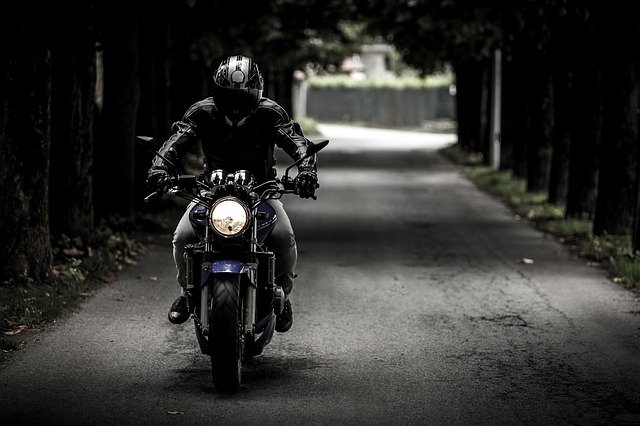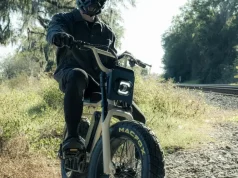
It’s easy to become attached to your motorbike. Over time you may have spent hours maintaining it, and even more hours enjoying your journeys. Sometimes we need to transport our bikes to somewhere far from us. It could be so that a specialist mechanic can repair it, or for a motorcycle show. Alternatively you could be travelling interstate, moving house or even going abroad.
When a motorbike needs to be moved hundreds of miles, it’s no use asking a home removal firm to help out. There’s a number of specialised options available. They range from hitch carriers attached to the backs of cars, to trucks, trailers, vans and shipping companies. We are now going to discuss how you can get your bike transported in one piece.
Use Your Own Car
If you have a reasonably sized vehicle and only have one bike to move, the easiest way to relocate the bike is by using a hitch carrier. If you are transporting your motorcycle it’s worth checking out the specialist sites online. Some of them review the best hitch carriers, and supply photos and details of their key features. These carriers can be attached to minivans and pickup trucks as well as cars. They prove cheaper than the equipment needed for some other options.
The great thing about them is that they make it easy to load the motorbike. They are also legal and safe.
Using A Truck
It’s not an easy thing to get a motorbike on board. You’d need a bike ramp, and fortunately they are often foldable for easy transportation. They should never be placed on grass or dirt that can shift under the weight of the bike. Don’t use wooden planks or you risk them snapping half way. This could endanger the bike and everyone involved.
Essentially this is a two person job, with one individual pushing and one pulling. Keep the bike in neutral so the wheels can roll up the ramp, and use the brakes to stop it reversing back down. The kickstand will need to stay in the upward position throughout.
In order to keep the motorcycle secure on the truck, you’ll need ratchet straps (one of which must be a soft loop strap). This will be safer than using a bungee cord or rope. Chocks will be important (and essential if you have a large bike like a cruiser or grand touring motorbike) to keep the bike from moving forwards or backwards. Purchase a canyon dancer bar to protect your handlebars too.
Using A Shipping Company
It’s essential that the business has experience in transporting bikes. Get at least three different quotes for comparison purposes, and read the online company reviews. It’s also important to read the small print about any damage or the loss your bike incurs during transit. Check that your current motorcycle insurance allows you to transport it this way. You may need to take out additional insurance to protect it.
As with any transport costs, the bigger and heavier the item is, the more expensive it will be to move. Added to that is the distance it needs to travel. You may be given the choice of using an open or enclosed trailer. The latter is the most expensive and best option. It maximises the protection of your bike from the elements. It may be that when it arrives at its destination it will be left for several days before you can get it. The extra money will therefore provide extra peace of mind.

The Bike’s Arrival
If you’re lucky (and can afford it) the tractor trailer may collect your bike from home and deliver it to the doorstep of your chosen destination. If there are accessibility issues or other factors involved, you may need to collect the bike from a nearby location. This could be the nearest town or city.
It’s wise to take photos showing the condition of your bike before transit, and to check it on arrival. This way you could take it up with the shipping company if any damage was sustained.
International Shipping
A specialist company will be familiar with the paperwork required, and will know how to load and unload your bike. They will also know how to get it through customs, and might be able to anticipate how long any delays might be.
You’ve now read some essential information on how to get your bike safely relocated. When the right procedures have been put in place, you will have the benefit of knowing your precious possession will be safely secured, and preserved for future use.





